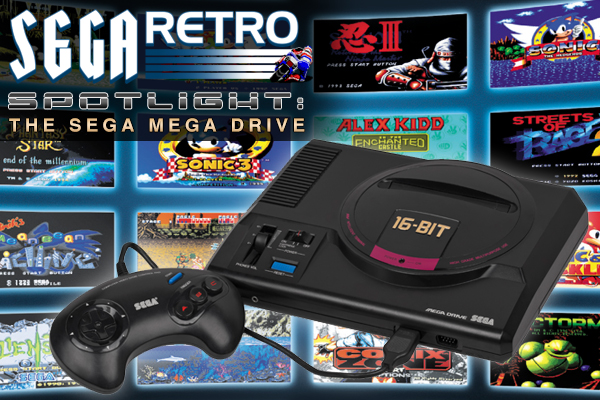
Twenty-five years ago today, SEGA released what was arguably their most beloved and popular console: the SEGA Mega Drive.
Since April 1st of this year, SEGAbits has been teamed with Sonic Retro, the internet’s best resource for all things Sonic the Hedgehog. But the folks at Sonic Retro didn’t want to limit themselves to just Sonic, and so the SEGA Retro wiki was born. SEGA Retro covers anything and everything SEGA, from hardware to games to arcade titles. Despite being less than four years old, the wiki has amassed nearly seven thousand articles and continues to grow. The SEGA Retro wiki has been just a click away from SEGAbits, by selecting “Info” from our navigation bar, but we wanted to go one step further and highlight the many excellent wiki entries in a new SEGAbits feature entitled “SEGA Retro Spotlight”.
Given the significance today has for SEGA history, we’re going to highlight SEGA Retro’s entry on the SEGA Mega Drive.
Background
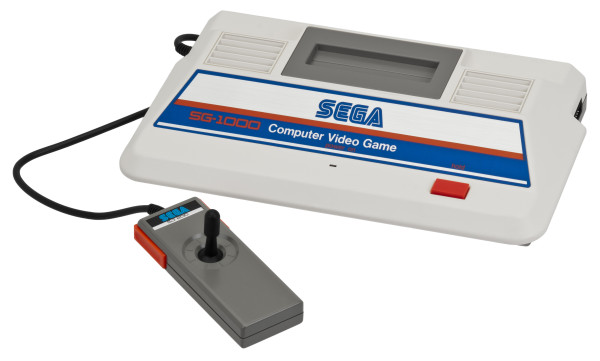
The 1980s was an experimental period for the video game industry, but also one of great importance. At the beginning of the decade dozens of companies were getting in on the video game craze, but by the end, video gaming was often associated with just one name – Nintendo.
With very little competition on the home console front, Nintendo and their Nintendo Entertainment System (NES; Famicom in Japan) had dominated the video game market. In the US they had tied up developers and regulated the industry on their own, and it seemed that nothing could unseat the Japanese powerhouse. But as time moved on, many began to question what the future of Nintendo’s system held – arcades were entering their golden age, and a once-revolutionary system was starting to look dated.
A frustrated Sega had had two major attempts at unseating the NES. Once with the noticably inferior SG-1000, and again with the Sega Master System, which despite having built a following in Europe, had failed to resonate with the Japanese or North American public. But as arcade hardware manufacturers began to create games with more complex visuals and soundscapes than the NES could provide, Sega saw an opportunity for success — using scaled down versions of commonplace arcade components that would fit more easily in a consumer’s budget, the plan was to create a console capable of providing a closer arcade experience at home.
Development
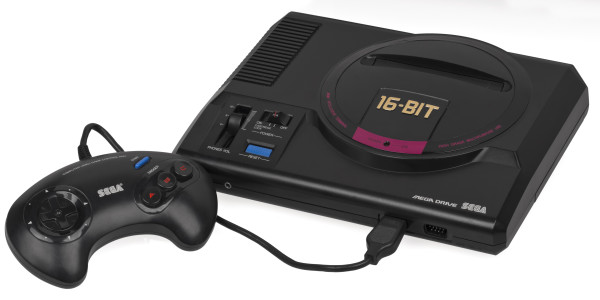
Sega began working on its Mark V shortly after the release of the Mark IV (aka Master System). As was now tradition, the Mega Drive was built on Sega’s existing Sega Master System hardware to keep manufacturing costs down. Hardware and software would be made backwards compatible, and the foundations for possible expansions would be laid to cover all bases.
Sega’s then CEO, Hayao Nakayama contributed several ideas to the Mega Drive project, deciding that the console should be based on the company’s successful Sega System 16 arcade architecture. “16-bit” processors were almost a requirement for major arcade releases, and so it made sense to bring this technology to the home. Though not the first home machine to contain a 16-bit processor, the Mega Drive was the first to print the words “16-BIT” in big, gold lettering onto the console itself, thus starting what is often named as the “bit wars”, something featured heavily in advertising campaigns up until the Nintendo 64 in the mid-1990s.
Nakayama claims to have officially named the console “Mega Drive”, with “Mega” representing superiority over rival machines, and “Drive” representing the speed of the chosen Motorola 68000 processor – the heart of the console. Unfortunately for Sega, the “Mega Drive” trademark could not be registered in North America and had to be replaced with the name “Sega Genesis”. The trademark was held by a company known as “Mega Drive Systems”, who specialised in creating storage devices for home computers.
Japanese Release
The Sega Mega Drive was first released in Japan on October 29, 1988 with two launch titles, Space Harrier II and Super Thunder Blade, and retailing at ¥21,000. Life was difficult for Sega – Nintendo’s Famicom held a monopoly on the market, while NEC’s PC Engine had already established the groundwork for a new “16-bit” generation a year prior, growing ever more popular by the day. From a home computer perspective, the MSX2 was continuing its dominance similar to its predecessor (also still supported at this point), the MSX1. The NEC PC-9801 and the still relatively new Sharp X68000 were also fighting for the “professional” computer market, though these were out of reach of many Japanese consumers at the time.
Most major Japanese developers and publishers of the day were in the pockets of Nintendo, NEC and Microsoft/ASCII, with Sega fighting an up-hill battle from day one. The Mega Drive found itself following the trends of arcade games at the time — shoot-’em-ups — and Sega also tried to woo over home computer developers (especially Sharp X68000 developers), establishing strong links with the likes of Toaplan and Telenet Japan, as well as initially gathering interest from Namco and Capcom.
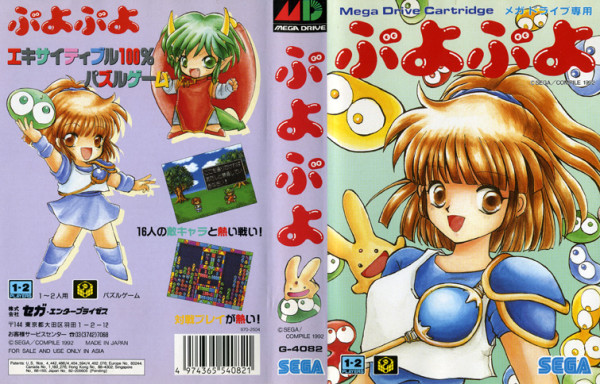
Sega’s catelogue of arcade ports kept the system alive, but the talk and subsequent launch of the Super Famicom in late 1990 kept Sega in third place (behind the PC Engine) for most of the generation. The release of SNK‘s Neo Geo AES may have also had an impact in the console’s runnings. However, the situation could have been bleaker, as releases like the Shining games, Langrisser, Puyo Puyo, and the Sega Mega CD kept the console from fully dropping out early.
The Mega Drive was axed in Japan by the end of 1995, with Sega releasing its last first-party game in December and Compile releasing the last game for the region the following year. Sega were very much keen on backing their Sega Saturn console instead, a move which saw it achieve much greater success than the Mega Drive in the years that followed.
How did SEGA approach other markets and what was the Mega Drive’s legacy?


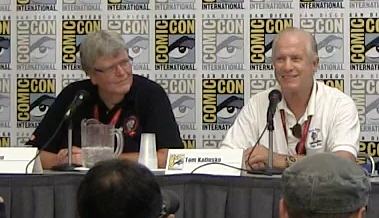
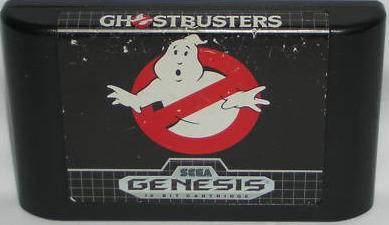
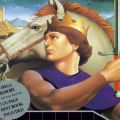
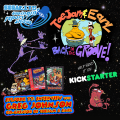
Currently compiling the strengths and weaknesses between the Mega Drive and SNES and noticed that the Mega Drive is the go to console for Shoot em Ups if you lived in Europe since the Neo Geo was out of their price range and the TG16 was never released there. The only disappointment is the lack of MUSHA release there.
The UK were destined to support the Mega Drive from the start, but most of Europe eventually followed due to the success of the Master System (not quite as good as UK sales, but decent).
My only regret with the Mega Drive is the lack of RPGS (despite having more TRPGs than Nintendo’s releases…if Fire Emblem were westernised back then, SEGA wouldn’t have had that market as tightly), and possibly the lack of support from Capcom and Konami (They had a decent run of support, but they mostly used their B Teams to create Mega Drive games).
Overall, it was the Underdog throughout, and Sonic possibly saved it in America from being dead last in that market (at least to me). Killing the Mega Drive earlyish (1997/98) to support their Saturn was a pretty bad move, but in the grand scheme of things, I think they wanted to drop the Game Gear, CD and 32x to start afresh for the Dreamcast and give it everything they got by that time.
I think you are right the big weakness in the Genesis catalog was RPGs. Both JRPGs and Nintendo style (read: Zelda) RPGs weren’t all that well represented. Genesis had Crusader of Centy but that’s about it. It never really compared on the level of FFIII for super nintendo, although games such as PSIV and Shining Force II are excellent games that SEGA fans should be proud of. It’s not that the Genesis couldn’t have had it’s own FFIII or Chrono Trigger it’s just that, being that the mega drive was never particularly popular in japan, it never had the broad support from japanese developers like SNES did.
Also, I wouldn’t say Genesis was necessarily the “underdog throughout”. Definitely not in north america. Sales dominance was fiercely competitive in that market between SNES and Genesis with the lead falling to one and then the other throughout the era.
Also remember that it wasn’t just SNES that the Genesis contended with. It was able to take on the NES and then stay VERY competitive against the technically superior SNES. The fact that it was able compete so well against a technically superior rival says a lot for the genesis.
Everything came together well to make things work for SEGA with the genesis. It was an excellent console design with great performance/price value, it came out at just the right time to be competitive, and had just the right guy to sell it (tom kalinske). The only technical limitation that truly held it back in it’s later years was it’s limited 512 color palette. To see how some games were able to milk that is frankly amazing (Lightening Force, Gunstar Heroes, Contra:HC, Earthworm Jim, Aladdin, Sonic&Knuckles, etc.).